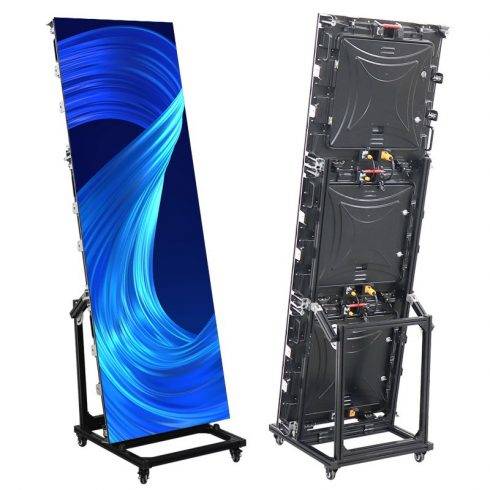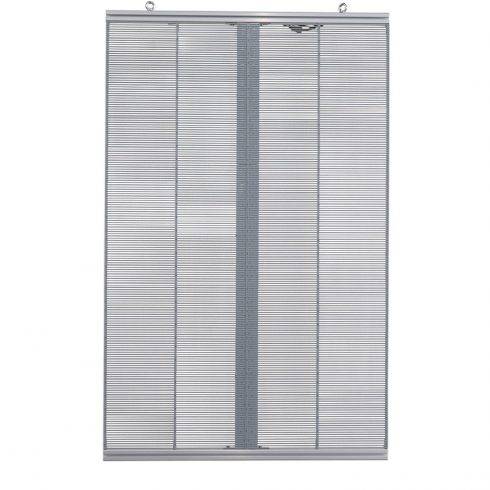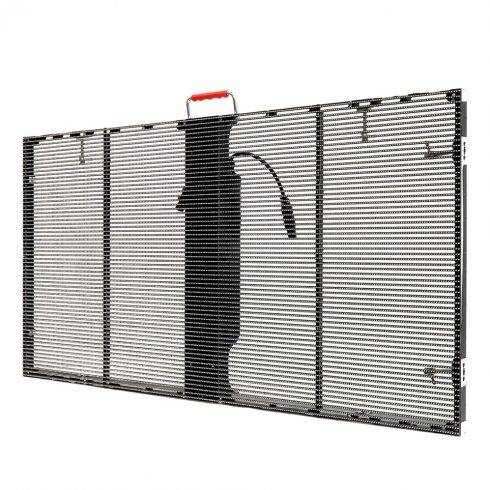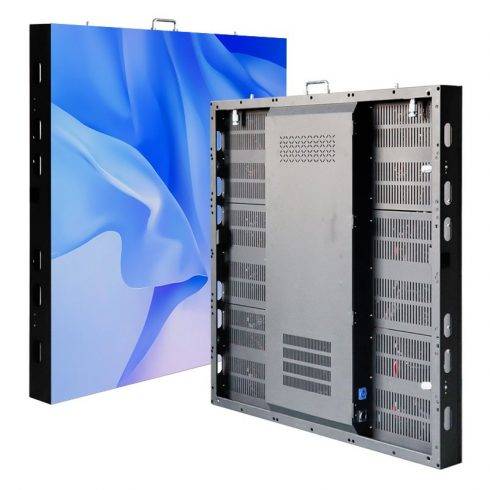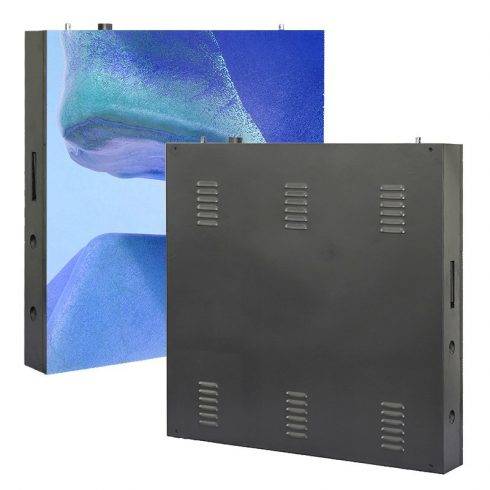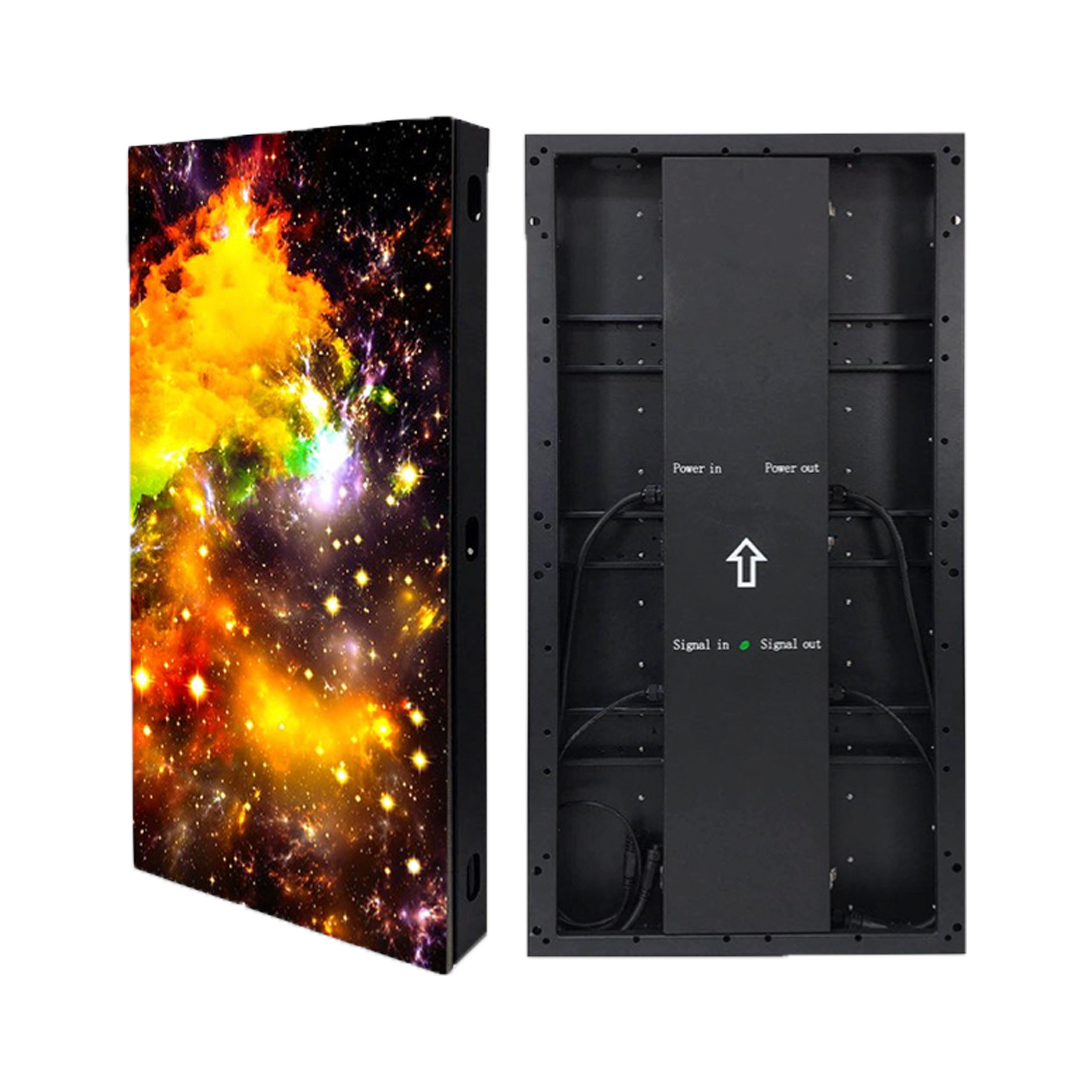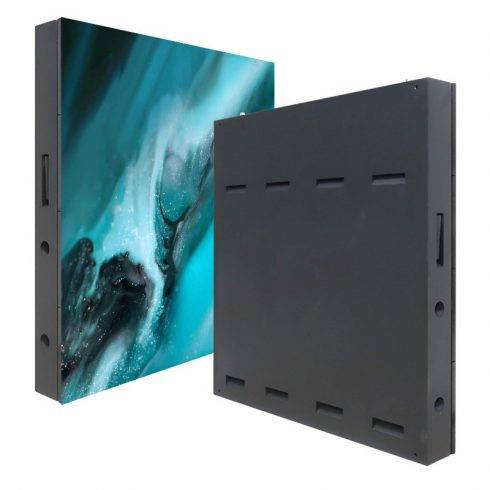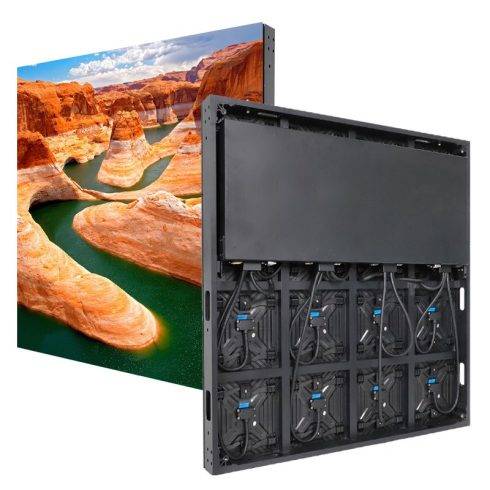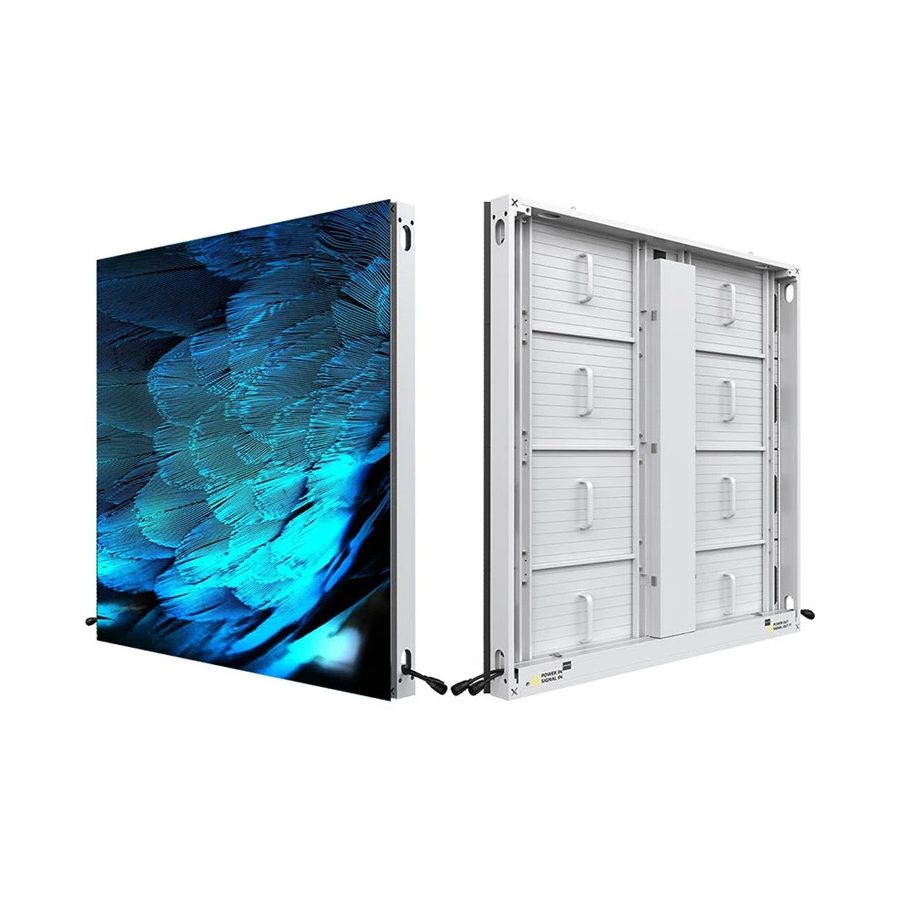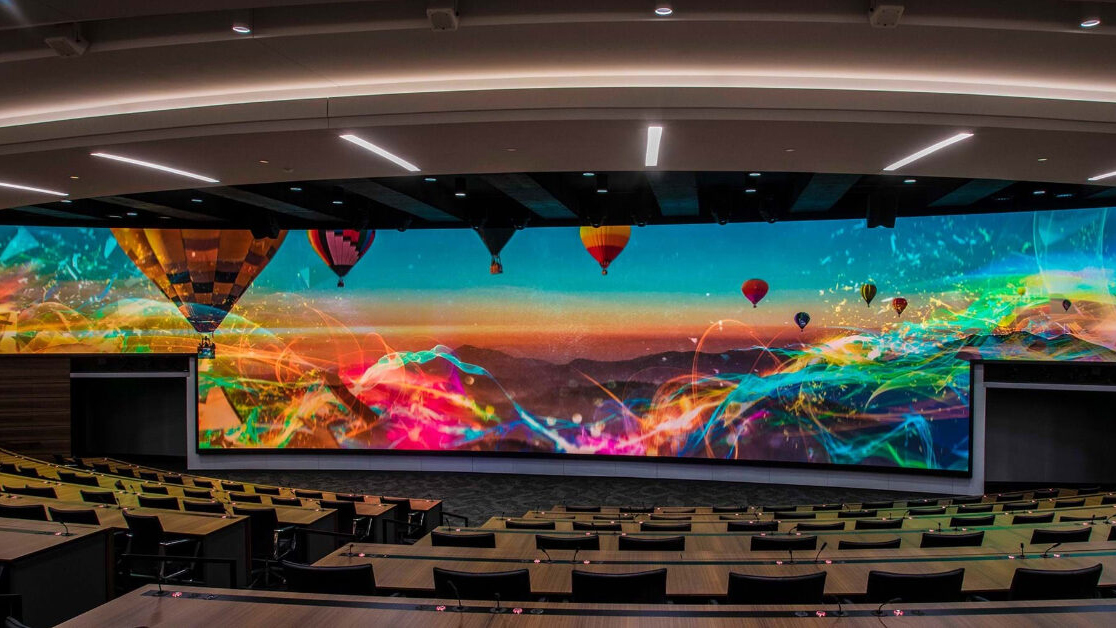LED mesh displays have rapidly become a popular choice for architects, advertisers, and event organizers seeking a flexible, visually striking solution for both indoor and outdoor installations. Known for their transparency, durability, and ability to cover large spaces with minimal structural impact, these displays excel in delivering high-impact visuals while maintaining a light, airy appearance. Yet, with all the benefits, creating a visually cohesive experience on an LED mesh display involves more than simply projecting bright images. Two critical elements that contribute to the display’s visual performance are grayscale and brightness discrimination.
Grayscale and brightness discrimination play key roles in achieving accurate color reproduction and nuanced contrast levels, essential for creating immersive and engaging visuals. In this essay, we’ll explore these elements in detail, examining how LED mesh displays handle them and discussing the technological and design considerations necessary to optimize performance.
1. Understanding LED Mesh Displays
Before delving into grayscale and brightness, it’s essential to understand the structure and characteristics of LED mesh displays. Unlike traditional LED panels that have a dense, pixel-packed construction, LED mesh displays have gaps between the LEDs, allowing for transparency. This feature is particularly advantageous for applications where the display should blend seamlessly with the environment, such as on building facades, stage backgrounds, or even large-scale art installations. LED mesh displays achieve a semi-transparent effect by spacing the LEDs apart, giving viewers the impression of an almost floating image or animation.
However, the openness of LED mesh displays also means they have a lower pixel density compared to solid LED screens. Lower pixel density can sometimes result in a lower resolution and less fine detail, which is why managing brightness and grayscale effectively is crucial to maximizing the visual impact of these displays.
2. Grayscale in LED Mesh Displays: Achieving Depth and Detail
Grayscale refers to the ability of a display to show different levels of brightness for each color channel (red, green, and blue) to produce various shades. In the context of an LED display, grayscale affects the depth, detail, and smoothness of the visuals. A high grayscale capacity allows an LED display to render subtle gradients and transitions, which are essential for realistic images and animations. For example, a high grayscale level can make a sunset on an LED mesh display look smooth and lifelike, rather than blocky or artificial.
Importance of Grayscale Levels
Grayscale levels are typically measured in bits, with an 8-bit system supporting 256 shades per color (red, green, and blue), while a 16-bit system can support up to 65,536 shades. Higher grayscale levels allow for more shades between full intensity and no intensity, resulting in smoother color transitions and more detailed images. However, LED mesh displays often face challenges in maintaining high grayscale fidelity due to their low pixel density and structural gaps.
Achieving Optimal Grayscale on LED Mesh
To manage grayscale on LED mesh displays, advanced image processing algorithms are often used. These algorithms interpret incoming video signals, analyze color depth, and adjust the LED output to maintain the smoothest possible gradients across the display. Many LED mesh displays also employ Pulse Width Modulation (PWM), a technique that controls the duration of each LED’s illumination in each frame. By adjusting the time each LED is on or off, PWM allows the display to control brightness and grayscale more precisely.
However, there is often a trade-off between grayscale quality and brightness on LED mesh displays. As the display brightness increases, it can be challenging to maintain fine grayscale detail. This is particularly true in outdoor environments where high brightness is necessary to compete with sunlight. Balancing grayscale detail and brightness in these conditions requires careful calibration, both in hardware and software.
3. Brightness Discrimination: Balancing Visibility and Clarity
Brightness discrimination refers to the ability of a display to differentiate between various levels of light intensity. On an LED display, this is a crucial factor because it directly impacts the visibility of content, particularly in variable lighting conditions. For example, an LED mesh display installed on a building facade must be visible both in bright daylight and at night without overwhelming viewers or washing out fine details.
Achieving Effective Brightness Control
The brightness of LED mesh displays can be controlled at both the hardware and software levels. Hardware control typically involves adjusting the current that flows through the LEDs, while software adjustments allow dynamic adaptation to ambient light conditions. Many LED mesh displays are equipped with light sensors that automatically calibrate brightness based on surrounding light levels. This feature is especially useful in outdoor settings, where lighting can fluctuate significantly throughout the day.
Brightness control is particularly challenging in LED mesh displays because the transparency of the mesh can affect perceived brightness. In highly transparent displays, where only a fraction of the display area contains LEDs, achieving the same perceived brightness as a traditional LED display requires a higher brightness level for each individual LED. As a result, LED mesh displays need to operate at a higher power level to achieve comparable brightness, which can impact energy efficiency and heat output.
The Role of Brightness Discrimination in Viewer Comfort
Brightness discrimination is also essential for viewer comfort, as overly bright displays can cause eye strain and reduce the clarity of on-screen content. LED mesh displays use brightness gradients to ensure that fine details are visible without overpowering the viewer. Effective brightness discrimination allows for a balanced presentation that maintains clarity in shadows and highlights, enhancing the overall visual experience.
4. Challenges in Balancing Grayscale and Brightness on LED Mesh Displays
The combination of high grayscale fidelity and precise brightness discrimination presents several challenges for LED mesh displays. Since the mesh structure reduces pixel density, achieving detailed images with smooth gradients and accurate brightness levels becomes a balancing act. Here are some common issues and approaches to address them:
1. Low Pixel Density: With fewer pixels to work with, rendering fine details becomes difficult. To overcome this, display manufacturers use pixel pitch optimization and careful color processing to enhance visual quality without requiring higher pixel density.
2. Limited Power Supply: Higher brightness requires more power, but increasing power also generates more heat and impacts efficiency. Power-efficient LEDs and advanced cooling solutions help in maintaining brightness levels without compromising energy efficiency or lifespan.
3. Environmental Variability: LED mesh displays installed outdoors face diverse weather conditions, including direct sunlight and nighttime darkness. Many displays incorporate adaptive brightness settings that adjust in real time to ensure optimal visibility without sacrificing grayscale fidelity.
4. Color Calibration: Accurate grayscale reproduction depends on precise color calibration across all LEDs. Many high-end LED mesh displays include real-time calibration systems that ensure uniformity in color and brightness across the display, even as individual LEDs age or environmental conditions change.
5. Conclusion: The Art and Science of Grayscale and Brightness Management
For LED mesh displays, achieving effective grayscale and brightness discrimination is a complex yet essential endeavor. These displays occupy a unique space, blending transparency and visual impact, and require careful balancing of technical elements to achieve the desired effect. Advanced control mechanisms, such as PWM and real-time brightness adjustments, allow LED mesh displays to manage brightness and grayscale more effectively, even with structural limitations.
As technology progresses, improvements in LED efficiency, image processing algorithms, and calibration tools will further refine the capabilities of LED mesh displays, enabling richer grayscale depth and more precise brightness control. By mastering these aspects, designers and engineers can ensure that LED mesh displays continue to deliver compelling, high-quality visuals in a wide range of applications and environments. Whether for advertising, architecture, or art installations, the ability to balance grayscale and brightness is key to making LED mesh displays both functional and visually stunning.








